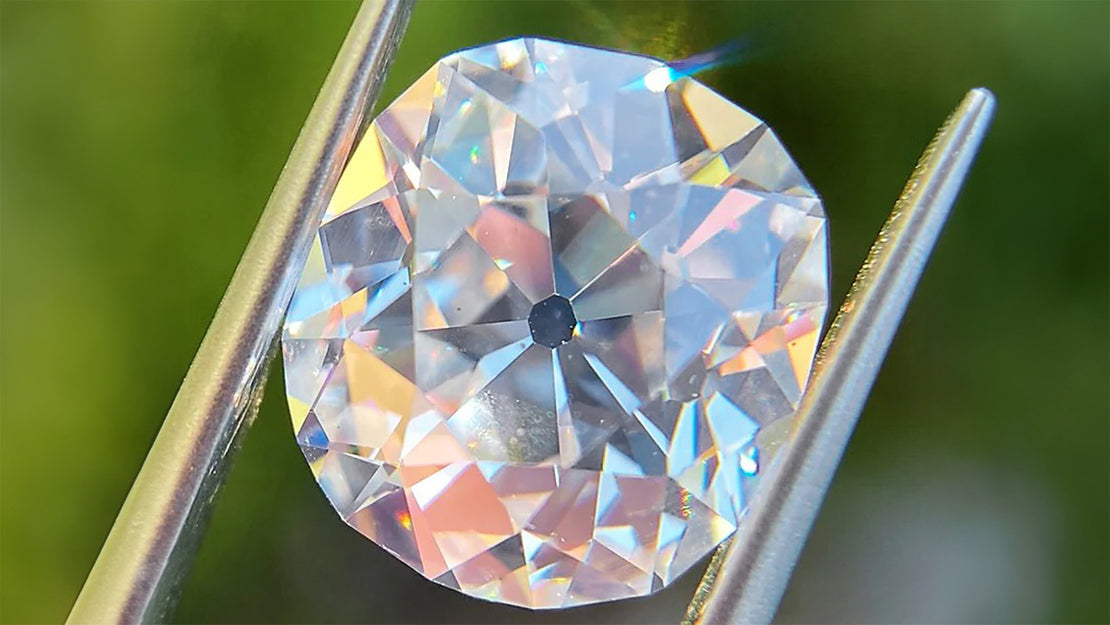Old Mine Cut Diamonds: Why They’re the Antique Engagement Ring Sweet-Spot
If you’ve ever fallen head over heels for a diamond that whispers history, not flash, then the Old Mine Cut is your soulmate. These vintage diamonds—real antiques—pack character: hand-cut charm, soft curves, and a silhouette that sits somewhere between square and round. Let’s dive in.
The History & Timeless Appeal of Old Mine Cut Diamonds
Long before modern brilliant cuts and laser precision, diamonds were cut with a different kind of artistry. In the 1700s and early 1800s, table and point cuts were in vogue—but they had a serious flaw: sharp corners. Those sharp points cracked. So artisans began to reshape them. Enter the Old Mine Cut.
- Time period & origins: Widespread by the mid-1700s, popular in European and colonial America. Many sourced from Indian mines (when supply was shifting) but crafted by hand.
- What makes them unique: High crown (that bubble-like top), open culet (you see the bottom), and a small table (the flat top face).Soft, rounded corners. The outline is gently curved—not quite cushion, not perfectly round. Each stone is unique—because these were hand-cut long before machine symmetry. Tiny asymmetries, inconsistent facets, but so much soul.
Vintage engagement ring lovers, this is your territory: Old Mine Cuts marry the romance of Victorian, Georgian, or early Edwardian eras with a jewel that feels like something passed down, not just purchased.
Old Mine Cuts in Engagement Rings: What to Look For
What to inspect & Why it matters
- Proportions (crown height, table size, depth) — These affect how light dances in the stone. Old Mine Cuts often have a higher crown and smaller table—beautiful but can look darker in some settings.
- Culet — The open culet is part of the charm. A large culet is visible through the top, which classic lovers tend to adore—but some prefer a smaller or closed culet depending on style.
- Color & clarity — Because of hand-cutting, Old Mine Cuts can hide inclusions beautifully. But color might look warmer (off-white, faint yellow) depending on era & source. If you want brighter, aim for high color grades.
- Setting & metal — Antique metals like platinum or high-karat yellow gold help preserve the authenticity. The setting style (halo, bezel, filigree, scroll work) can magnify the vintage aesthetic.
- Certification & provenance — If it’s GIA, AGS or other lab-certified, even better. If it has documented history (period, origin), that boosts both emotional and resale value.
Trends cycle — and what’s in demand now is authenticity. With millennials and Gen Z more attuned to vintage, sustainability, heirloom stories, and uniqueness, Old Mine Cuts are having their moment. They stand out—no two exactly alike. They look like jewelry art, not assembly line.
Favorite Old Mine Cuts in Our Collection
-
3.07ct Old Mine Cut Diamond Ring | GIA I VS1
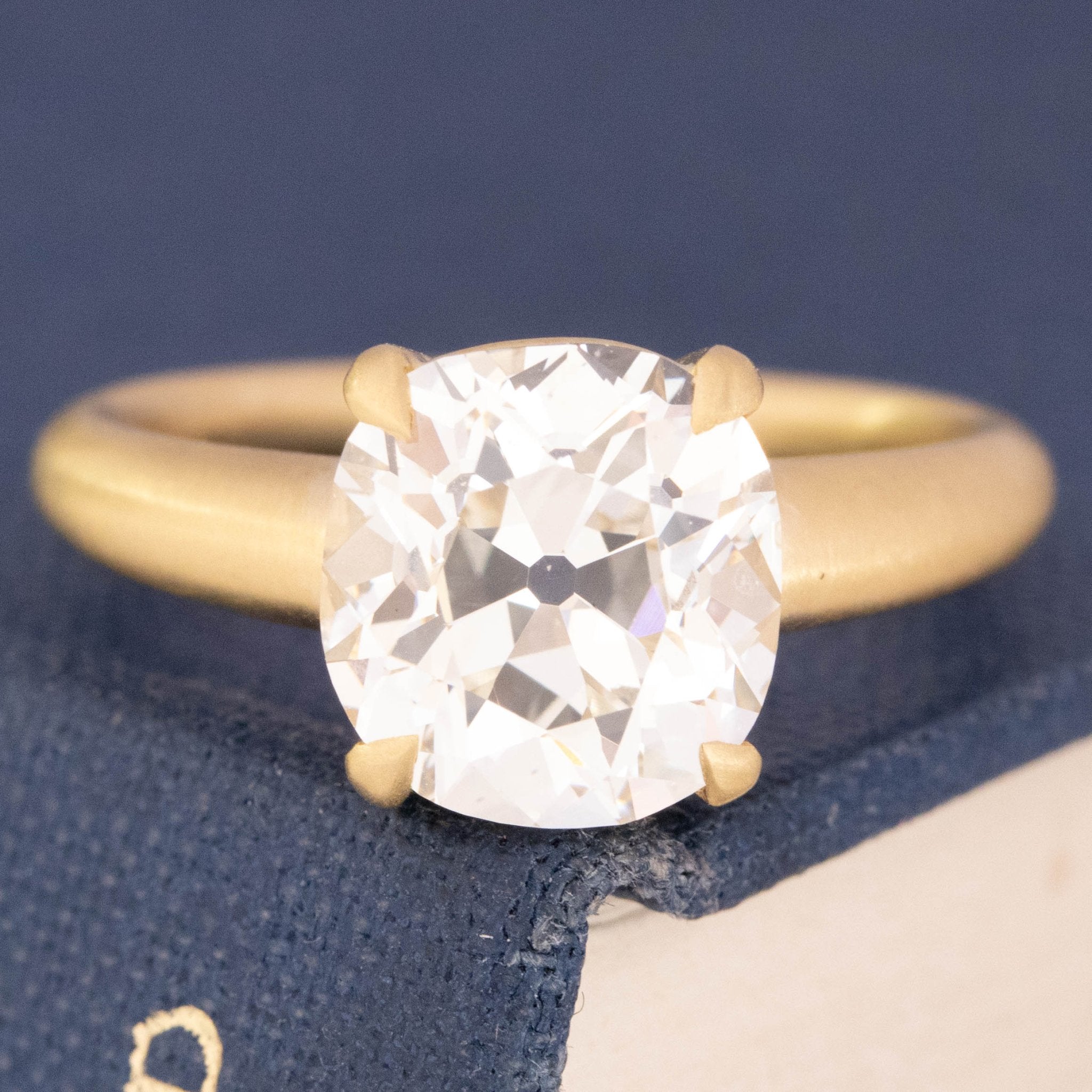
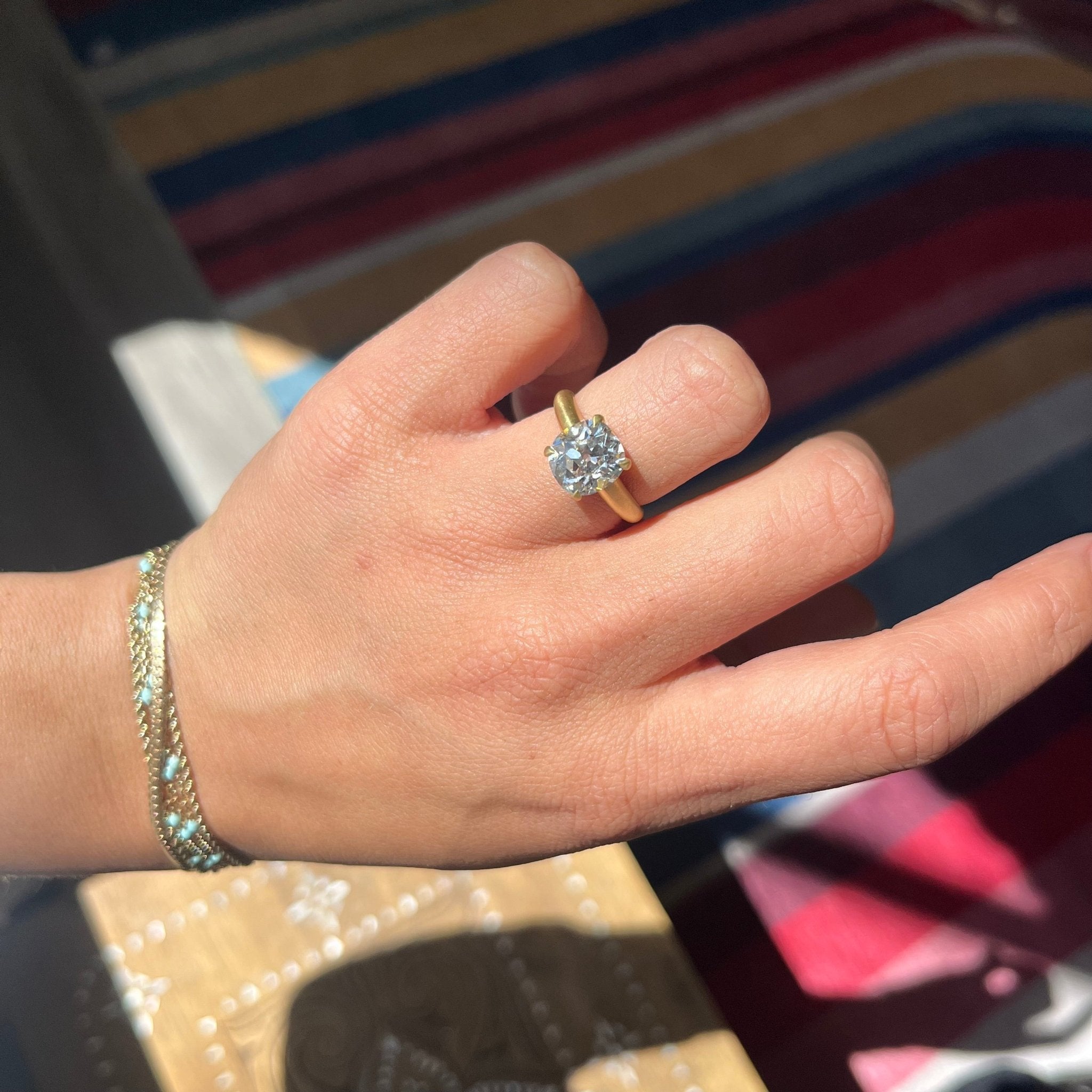
3.07ct Old Mine Cut Diamond Ring | GIA I VS1
- Regular price
- $50,760.00 USD
- Sale price
- $50,760.00 USD
- Regular price
-
$54,000.00 USD
-
4.12ct Old Mine Cut Diamond
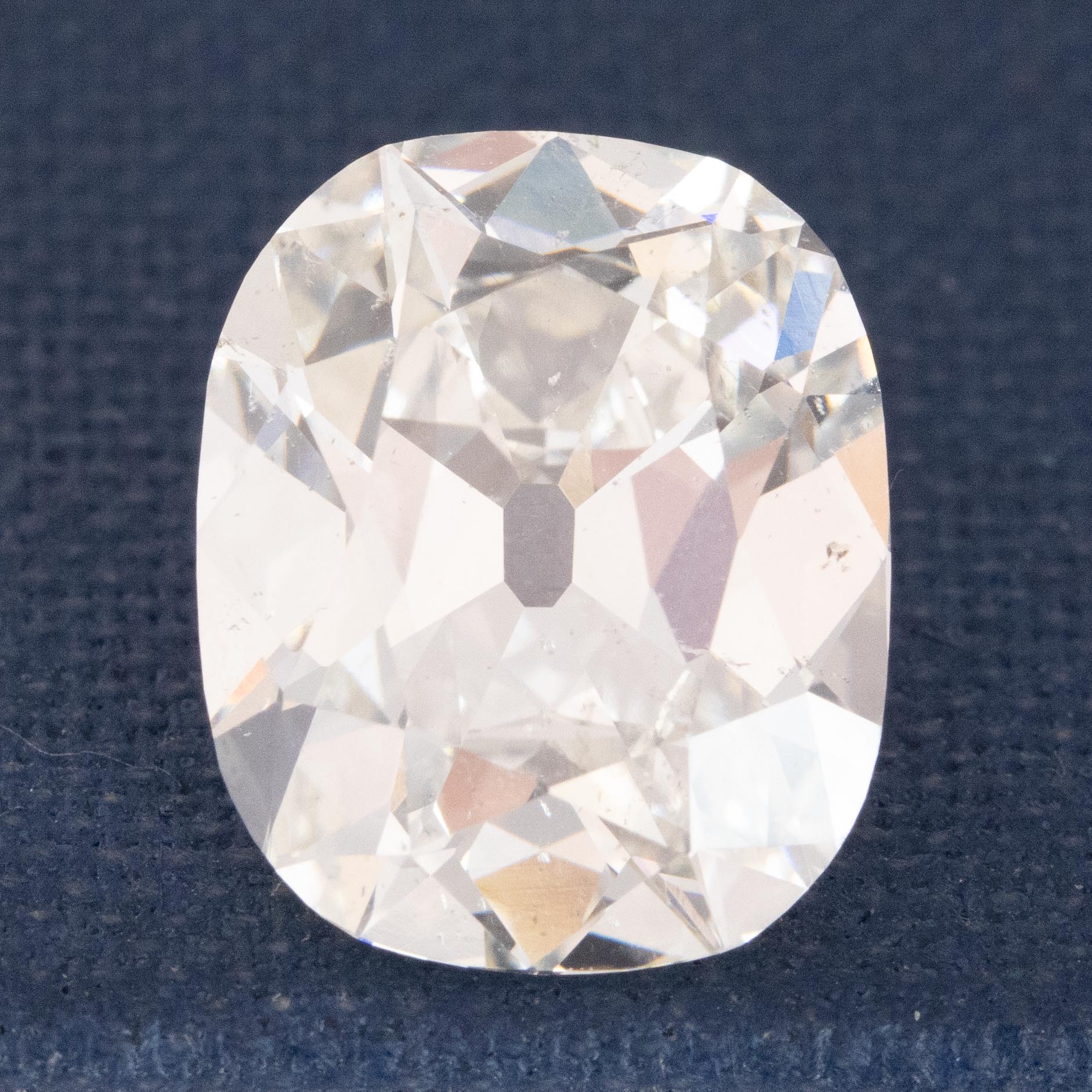
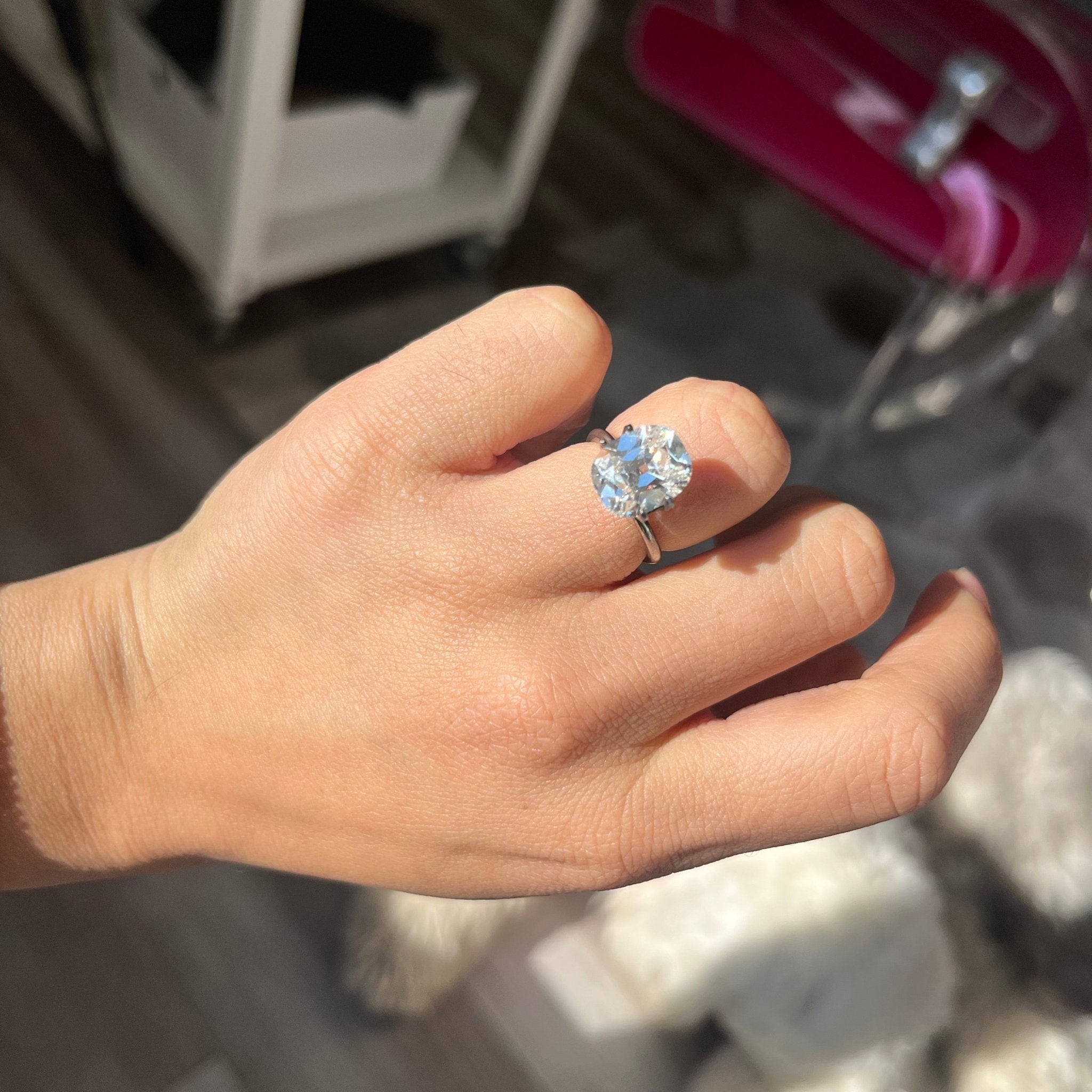
4.12ct Old Mine Cut Diamond
- Regular price
- $53,100.00 USD
- Sale price
- $53,100.00 USD
- Regular price
-
$55,000.00 USD
-
3.57ct Old Mine Cut Diamond Collet Solitaire, GIA M SI1
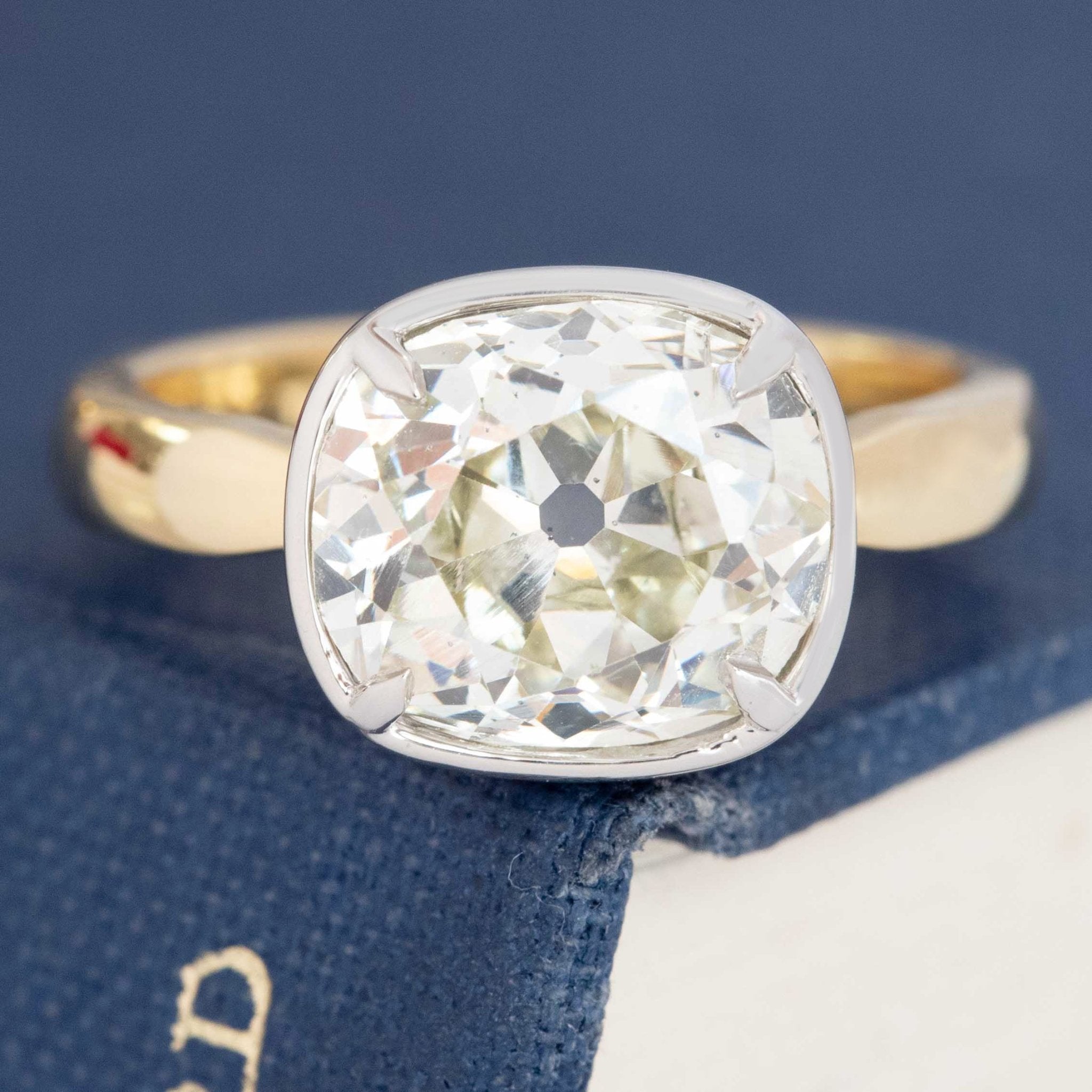
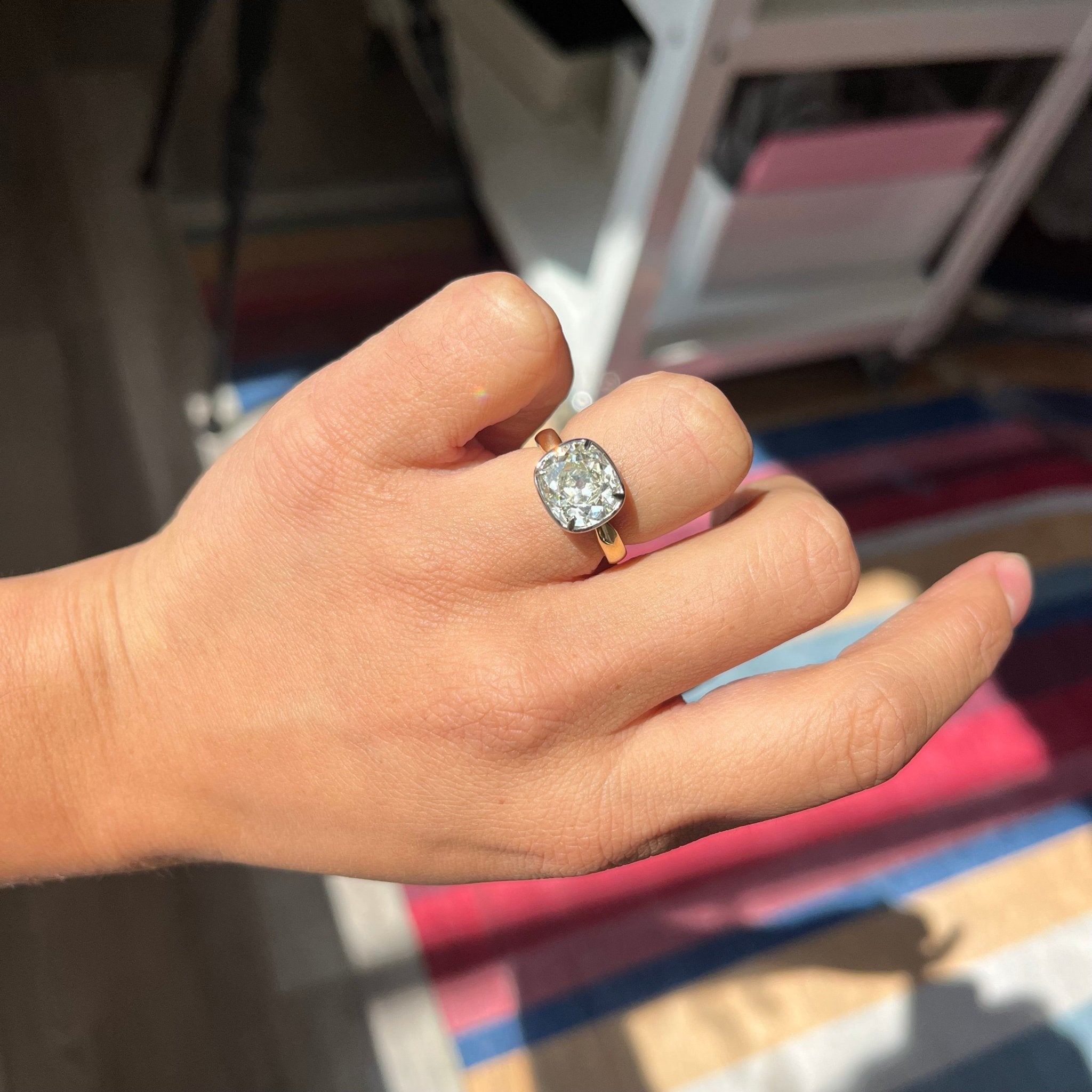
3.57ct Old Mine Cut Diamond Collet Solitaire, GIA M SI1
- Regular price
- $27,025.00 USD
- Sale price
- $27,025.00 USD
- Regular price
-
$28,750.00 USD
Tips for Buying & Caring for Old Mine Cuts
- Lighting matters — because of their facet structure, Old Mine Cuts often look best in soft, natural lighting rather than harsh fluorescent light.
- Clean with care — antique settings and older cut diamonds can have delicate prongs or settings susceptible to damage. Gentle cleaning and regular checks are smart.
- Set with personality — choose settings that highlight the stone. Bezel, halo, or with filigree work make the diamond’s silhouette pop.
- Think long term — keep documentation, photographs, appraisals. If the piece is a family heirloom or you hope it becomes one, the story is part of the value.
Bottom Line (or More Like Diamond Truths)
Old Mine Cut diamonds aren’t for everyone—if you want perfect sparkle, razor-sharp symmetry, or ultra-bright modern brilliance, you might be more into modern brilliant or Ideal cuts. But if you want story, warmth, character, and a ring that’s going to evoke “what was, what is, and who you are”—you can’t beat the Old Mine Cut.
So whether you’re proposing, collecting, or gifting: consider vintage. Consider artisanship. And if an Old Mine Cut catches your eye, you’re holding a piece of the past that will sparkle into the future.


